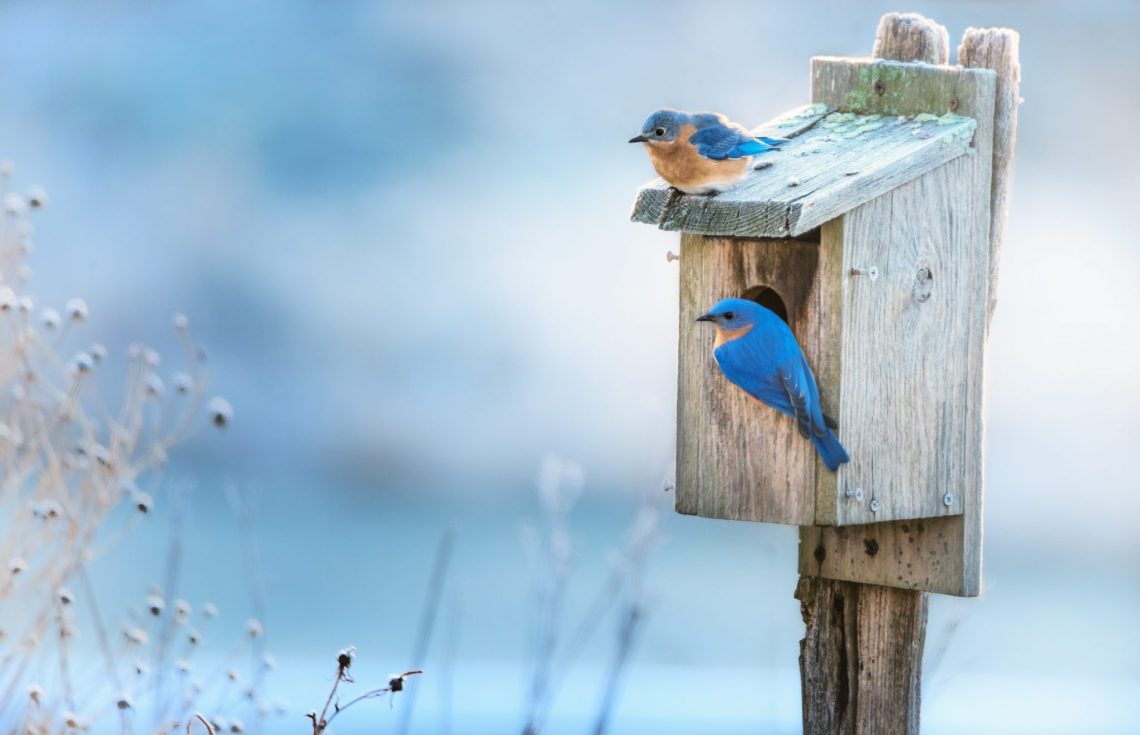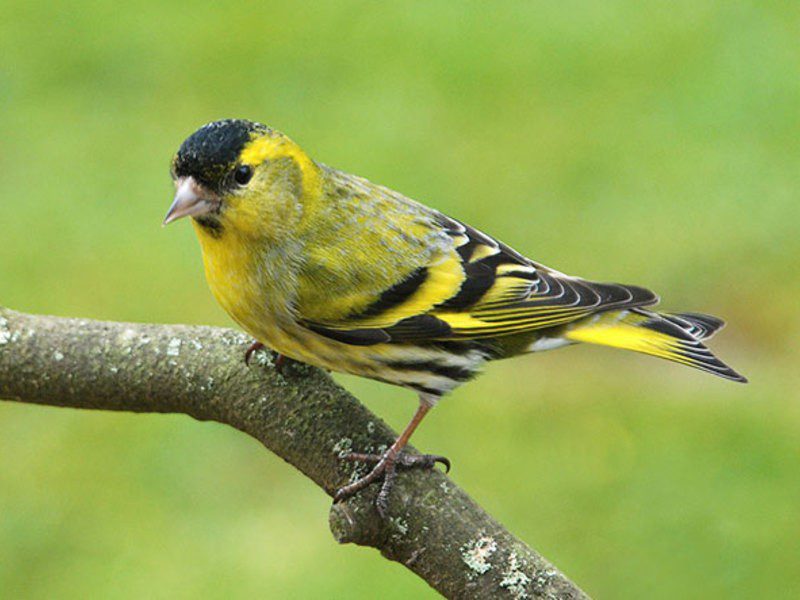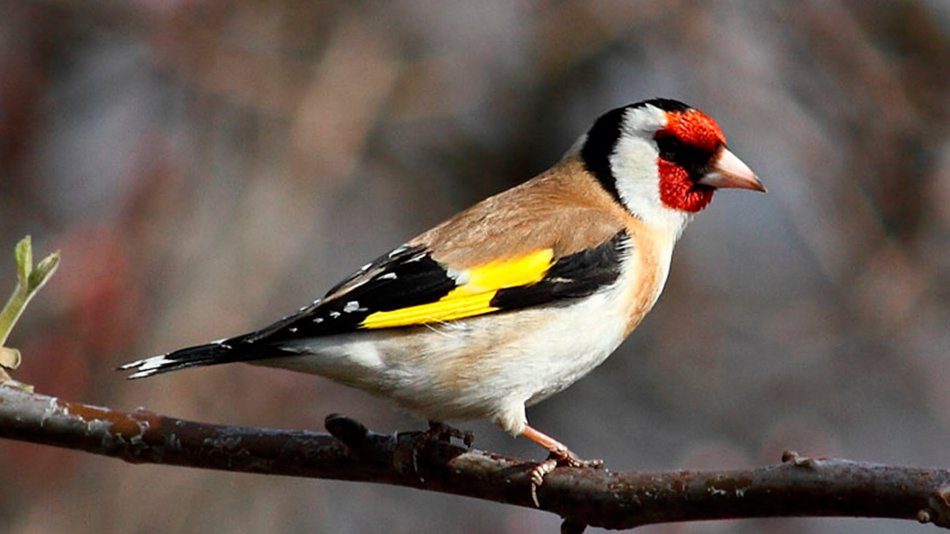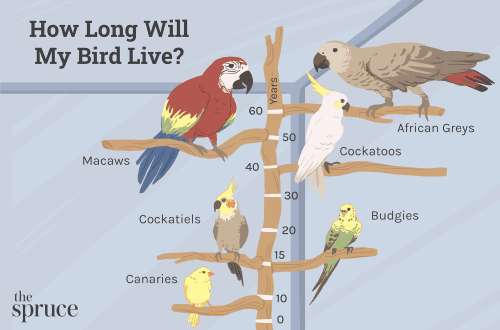
Songbirds in the house
Parrots have long become a common bird for home keeping. However, do not forget that there are a huge number of bird species that delight with their bright appearance and melodic songs. Few people notice that our “native” representatives of the bird fauna can become wonderful feathered pets. And if a real Belarusian exotic has settled in your house, then, first of all, this is an indicator that the person caring for him is an outstanding and responsible person.
Which songbird to choose?
What birds do you think you can see or hear outside your window every day? Most often these are passerine birds. Consider several representatives of this detachment, unpretentious and suitable for keeping at home. Most often, cages contain siskins, bullfinches, tap dances, finches, buntings, goldfinches and greenfinches. These are far from all types of birds that can be tamed. Before you get such a pet, you should study a lot of literature and learn that these birds require special attention. You can’t just catch a bird from nature and put it in a cage. She will most likely just die. We need to act with wisdom and patience. It is rare to find wild songbirds on sale from private birders, but if you are lucky, you should pay attention to granivorous birds, since insectivorous birds are quite difficult to keep precisely because of their diet. The first bird that can be recommended for content for a novice zoo lover – siskin. Once you get to know him, you will forever remain attached to this wonderful bird. Despite its modest appearance, the siskin captivates with its grace and liveliness at the first meeting. And with a longer acquaintance, the chizhik amazes with its gullibility and accommodatingness. In a matter of days, he stops being shy of people, gets used to flying out of the cage and comes back.
 Sizh
Sizh
Of all the household, he usually singles out the one who cares for him. And it is to this person that he will turn all the “requests” for a treat or bathing, raising the feathers on his head, jumping along the perch as close as possible to his person. And having settled down in the house, siskins do not at all feel the desire for freedom and can live up to 10-12 years. The domestication of the siskin lies through the love of delicacies. Some prefer sunflower seeds, others hemp, others pine nuts. The song of a siskin is a soft, melodic chirping, which distinguishes it favorably, for example, from parrots with their sharp and loud voice. Surrounded by other singers, the siskin enriches his song with borrowed knees. A captured male siskin begins to sing in the cage during the first or second week and sings diligently throughout the year, excluding periods of molting. Female siskins usually do not sing, but there are also singing ones.
 Goldfinch
Goldfinch
In addition to siskins, the black-headed is quite easy to keep. goldfinch with its bright, really smart coloration, red-breasted bullfinch with its melodic whistle and creak, smart finch, which in color will not yield to parrots.
How to keep songbirds at home?
Songbirds can be kept in cages, cages and aviaries, it all depends on the number of pets. They should be placed at a distance of 40 – 50 cm from the floor and above. With a daily change of food and water, do not make sudden movements. You need to approach the cages and aviaries carefully, talking in an undertone to the birds. Only with such treatment they quickly get used to the person. Drafts and sudden changes in temperature should also be avoided. A sharp noise, the unexpected appearance of a stranger near the cage, the sudden turning on or off of the light greatly frighten the birds and can cause their death. It is not recommended to populate cages and aviaries with a large number of birds, as this leads to their rapid contamination, which can lead to an outbreak of diseases. New birds should be settled in the premises in the morning, so that during the day they get used to the conditions of detention and can easily spend the night. Otherwise, without having time to adapt, they will behave restlessly, beat against the bars, and may be injured. It is necessary to select birds for joint keeping taking into account their size and behavior. The diet of granivorous birds usually consists of a mixture of seeds of various plants. However, it is impossible to be limited only to grain, the composition of the feed must necessarily contain millet of various species, canary seed, oatmeal, oats, colza, rapeseed, flaxseed, lettuce seeds, seeds of coniferous trees, hemp, sunflower, chumiza, burdock, quinoa, meadow herbs, as well as cultivated cereals – wheat and rye, corn. In addition to the listed components, green fodder, berries, vegetables and fruits, buds of various trees and shrubs must be present in the diet. Sometimes food of animal origin should be included in the diet – ant pupae, boiled eggs, flour worms, dry gammarus. The composition of feed mixtures is determined by the species and individual characteristics of birds, and the ratio of components should be changed taking into account palatability. Unfortunately, there are practically no feeds for wild birds in pet stores, then you can take feed for finches and canaries as a basis, and harvest the rest of the components yourself. The diet must contain a mineral mixture, chalk and sepia. As you can see, feeding indoor birds is an everyday and far from simple concern. The only disadvantage of keeping songbirds is their rather liquid droppings, this should be taken into account when cleaning and choosing bedding for the bottom of the cage. With proper care, your feathered pet will delight you with its singing, mobility and longevity.





